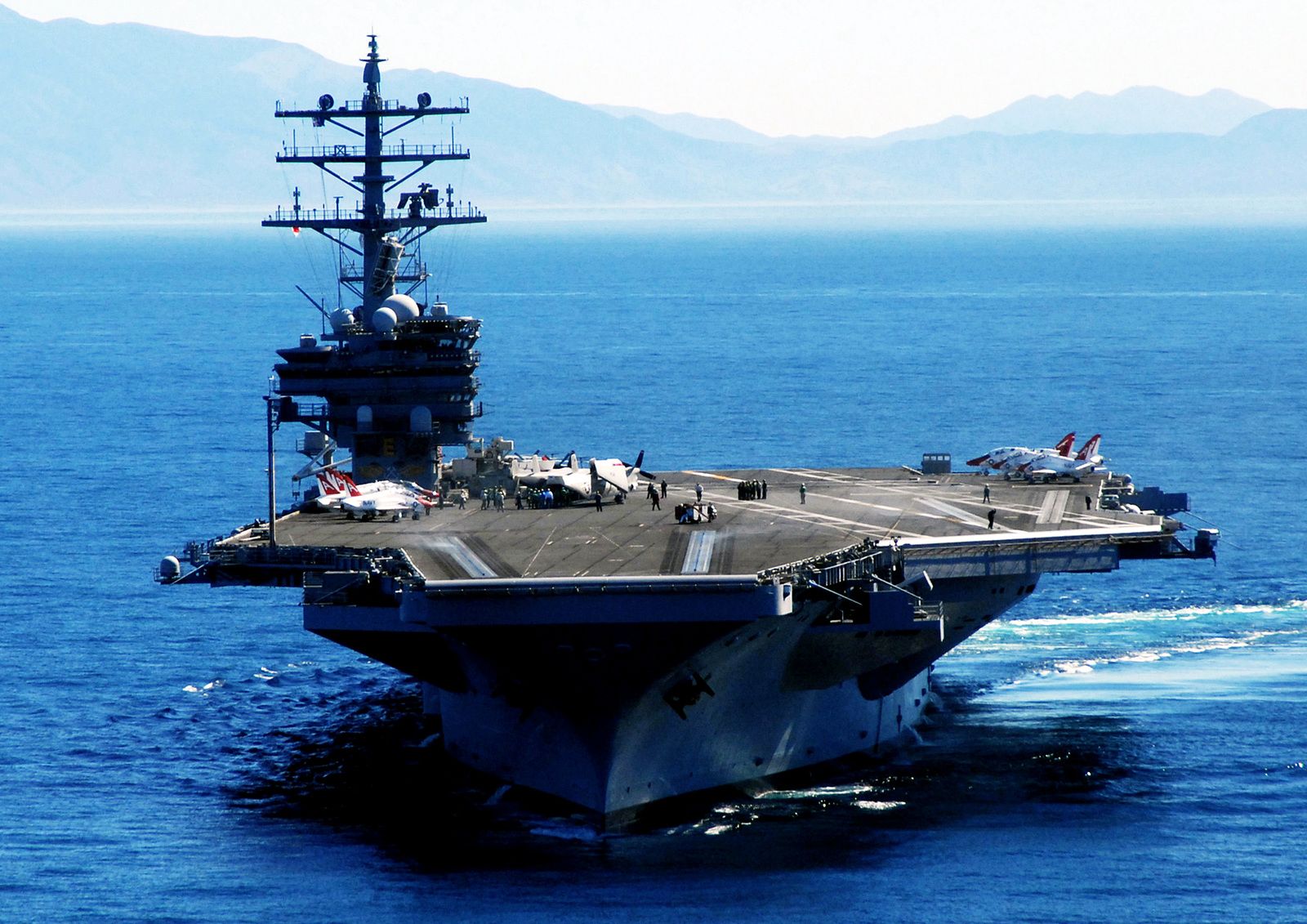The Gerald R. Ford Class Carrier is the Navy's all-new carrier that will be the main carrier into the 21st century. These carriers look superficially similar to the older Nimitz Class, but in reality that has been substantially modified and modernized. This is the first time since the 1960s that the United States has designed a new class of aircraft carriers (although constant improvements have been made to the Nimitz Class).Today, the Ford Class carriers are without a doubt the most powerful and advanced carriers in the world. And they are replacing what is unquestionably the second most powerful carrier class in the world. In this article we will only discuss some of the highlights, as the true scale of improvements of these massive $13 billion ships is beyond the scope of this article. These are the reasons why the Ford Class is a massive improvement on the Nimitz Class.
9 Number Planned And State Of Development
The first of the Ford Class carriers are now in service, having replaced the USS Enterprise (who was the only one of her class). Another Ford carrier is already built and one is under construction.
Currently, there are 10 Ford Carriers planned to replace the Enterprise and Nimtz Class. At the moment, while the first ship, the USS Ford, is now in active service, she is not yet operational. The USS Gerald R. Ford is currently in sea trials and working up.
8 Automation
The Ford Class carriers are significantly more automated than their Nimtz predecessors. This has enabled the Navy to significantly reduce the number of ship's complement by hundreds — that alone represents a major cost saving.
The USS George W. H. Bush — the last of the Nimitz Class — has a ship company of around 3,532 and an air wing of around 2,480 or a total of 6,012. The USS Gerald R. Ford has a total complement of around 4,539. This is a significant cost saving for the Navy.
7 Electromagnetic Aircraft Launch System (EMALS)
The Electromagnetic Aircraft Launch System (EMALS) is both one of Ford's major advances and one of its greatest headaches, as it has been very difficult to develop and actually get to work properly.
This system is in place of traditional steam catapults for launching aircraft. This system allows it to accelerate the aircraft much more smoothly, and it puts much less stress on the aircraft's airframes. It's also much lighter. Additionally, it takes up less space than the older system, and it can launch a greater range of aircraft.
6 Sortie Rates
The Ford Class is designed to be able to sustain a higher sortie rate than the Nimtz. This can be vital on the battlefield, as it means the ships can carry out a great deal more missions than their older cousins.
Whereas the Nimitz Class could sustain 120 daily sorties with a surge capability of 240 sorties, the Ford Class can handle much more. The Ford Class can sustain 160 daily sorties and surge to 270 sorties in wartime conditions — that could be the difference of winning or losing.
5 Stealth Features
The Ford Class has also incorporated some stealth features, reducing its radar cross-section. This will help protect it from anti-ship missiles. This was shown to be very important in the Falklands War when Argentina managed to hit can destroy British ships with their anti-ship missiles.
Of course, this doesn't mean that it will be invisible to enemy radar, nor does it mean that they will be all that difficult to see. But it does mean they will be harder to pick up on the radar than the Nimitz Class.
4 Greater Power Generation
The nuclear power generators in the Ford Class are smaller and more simple to operate. Importantly, its Bechtel A1B reactor provides much more power than the older Nimtz A4W reactor. They generate 25% more power, plus they are much more efficient. In other words, they are an all-around improvement.
One problem with the Nimtz Class is that they were running out of power to power up all the new energy-intensive systems that the Navy wanted to install on the ships — like the power-hungry Electromagnetic Aircraft Launch System.
3 Future Laser Weapons
This increase in generated power means there is power capacity for future upgrades and new systems. These include the free-electron laser-directed-energy weapons — aka Laser weapons. One big limitation on the future of Lasers is the sheer power they require.
Militaries around the world are investing heavily in developing laser weapons, and it's only a matter of time before they are feasible and operational. One of the main problems is that they are incredibly power-hungry, and the older Nimitz would struggle to find enough spare energy to power these futuristic weapons.
2 Increased Crew Comfort
It is cramped and often uncomfortable for the crew serving aboard these giant ships. With 700 or so fewer crew, they have been able to provide more room for the cramped sailers. The Nimitz Class's massive 180-man berthing areas have been significantly reduced on the Ford Class.
The Ford Class now has berthing areas of 40 beds. This means they are quieter, and it cuts down on foot traffic around the place. There are, however, comfort limits. Sailors can still not sit up in their bunks.
1 Advanced Arresting Gear (AAG) system
The older hydraulic arresting system of the older Nimitz is being replaced with an electromagnetic system. This new system provides several benefits. One advantage is that the older system puts too much stress on the frames of drones or UAVs when it recovers them.
This is partly because of the smaller mass of the UAVs being unable to drive the large hydraulic piston designed for the much heavier aircraft. Additionally, it is expected to be safer, more reliable, and more flexible than the older system.
In summary, while the new Ford Class carriers may look the same, they actually offer many vital improvements.

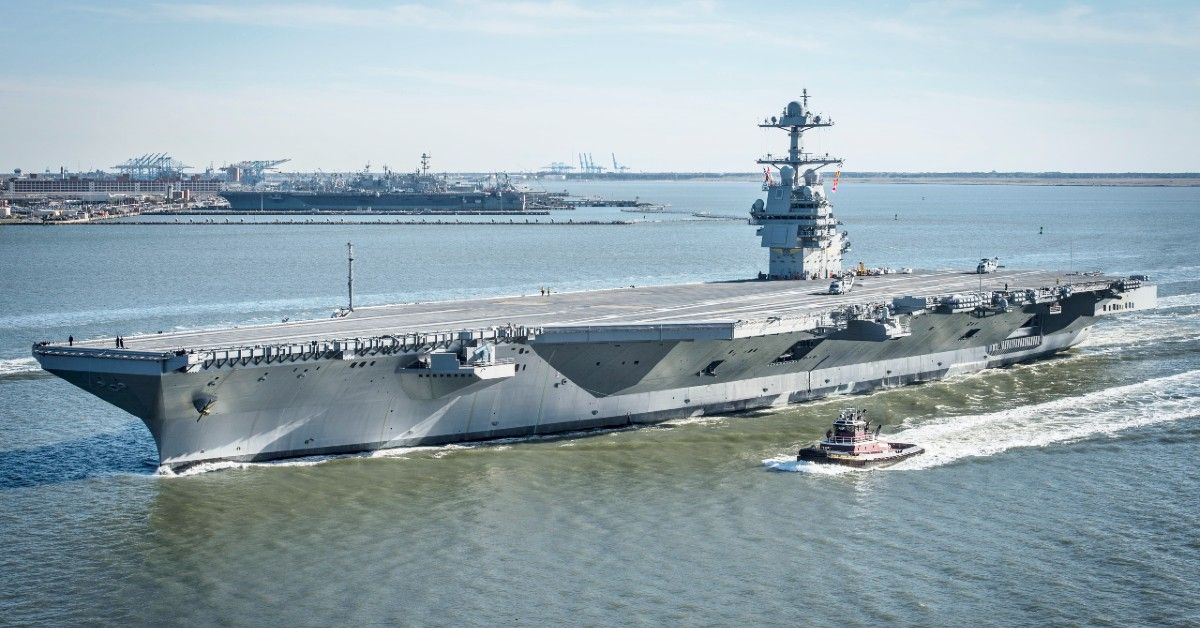
_in_drydock_at_Newport_News_Shipbuilding_Virginia_(USA)_on_29_October_2019_(191029-N-BD319-110).jpg)
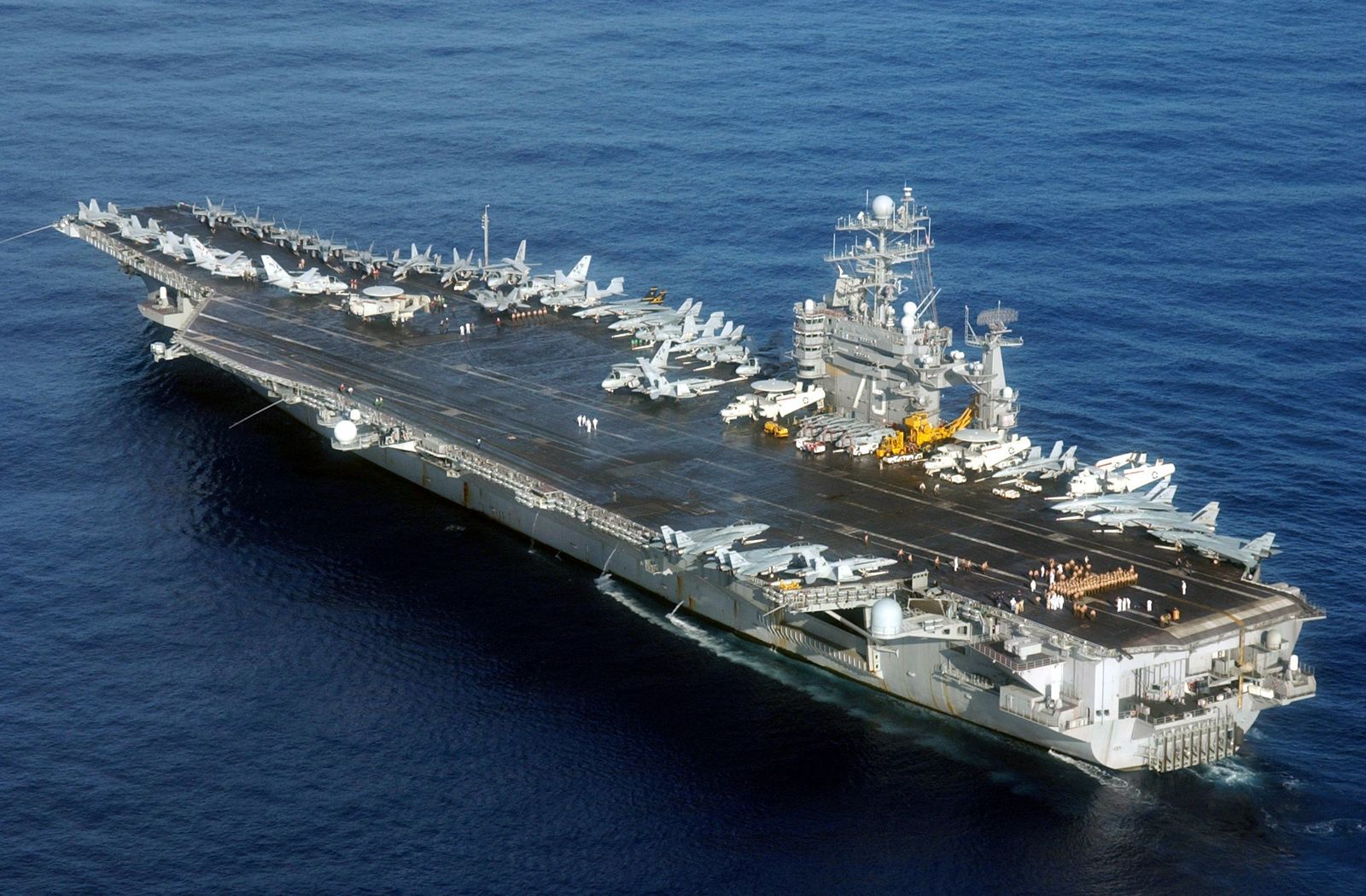
_2013.jpg)
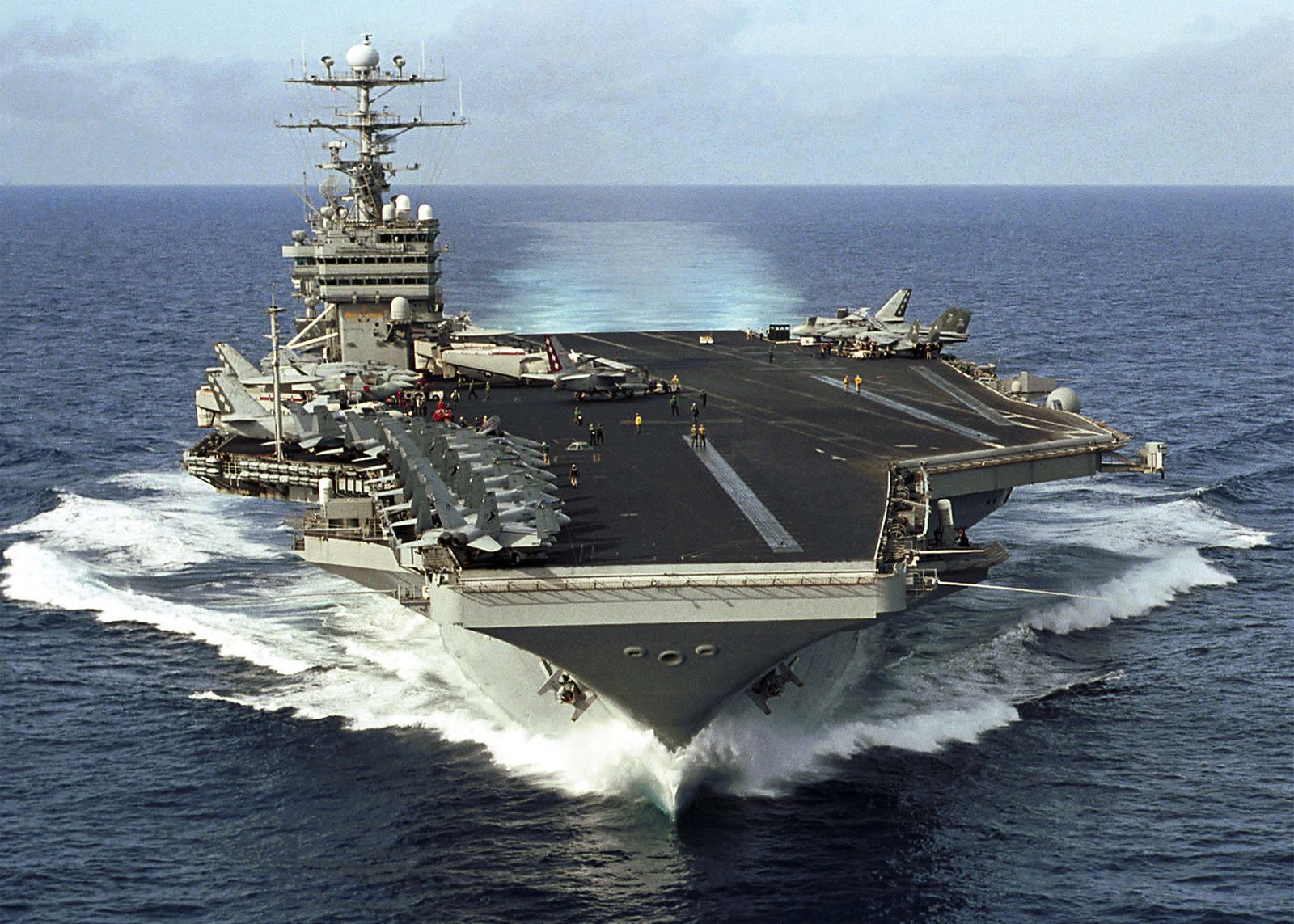
_and_embarked_Carrier_Air_Wing_(CVW)_11_depart_San_Diego_for_a_scheduled_deployment_to_the_western_Pacific_Ocean.jpg)
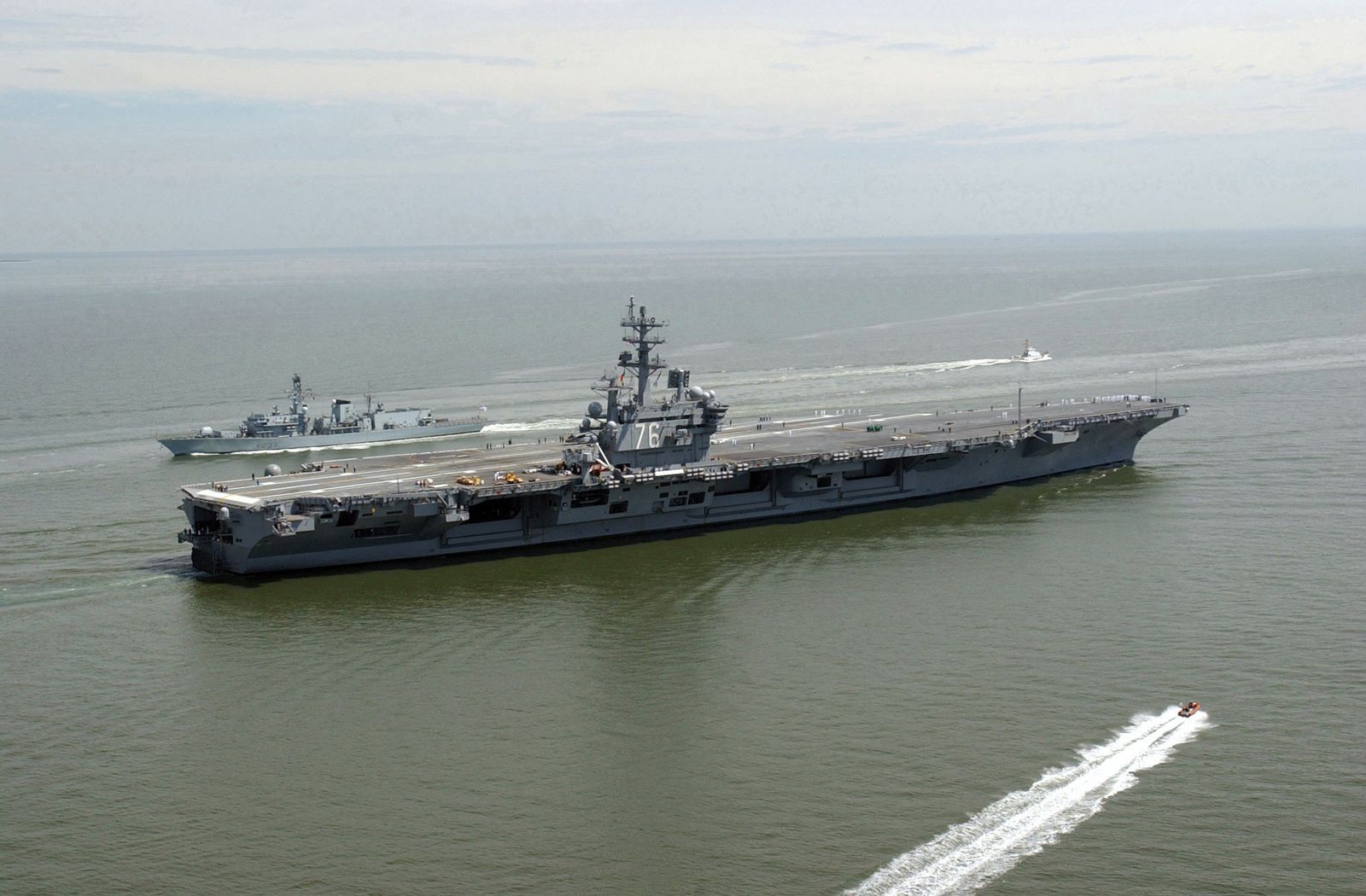
_in_the_Atlantic_Ocean_24_March_2020_(200324-N-OH637-1315).jpg)
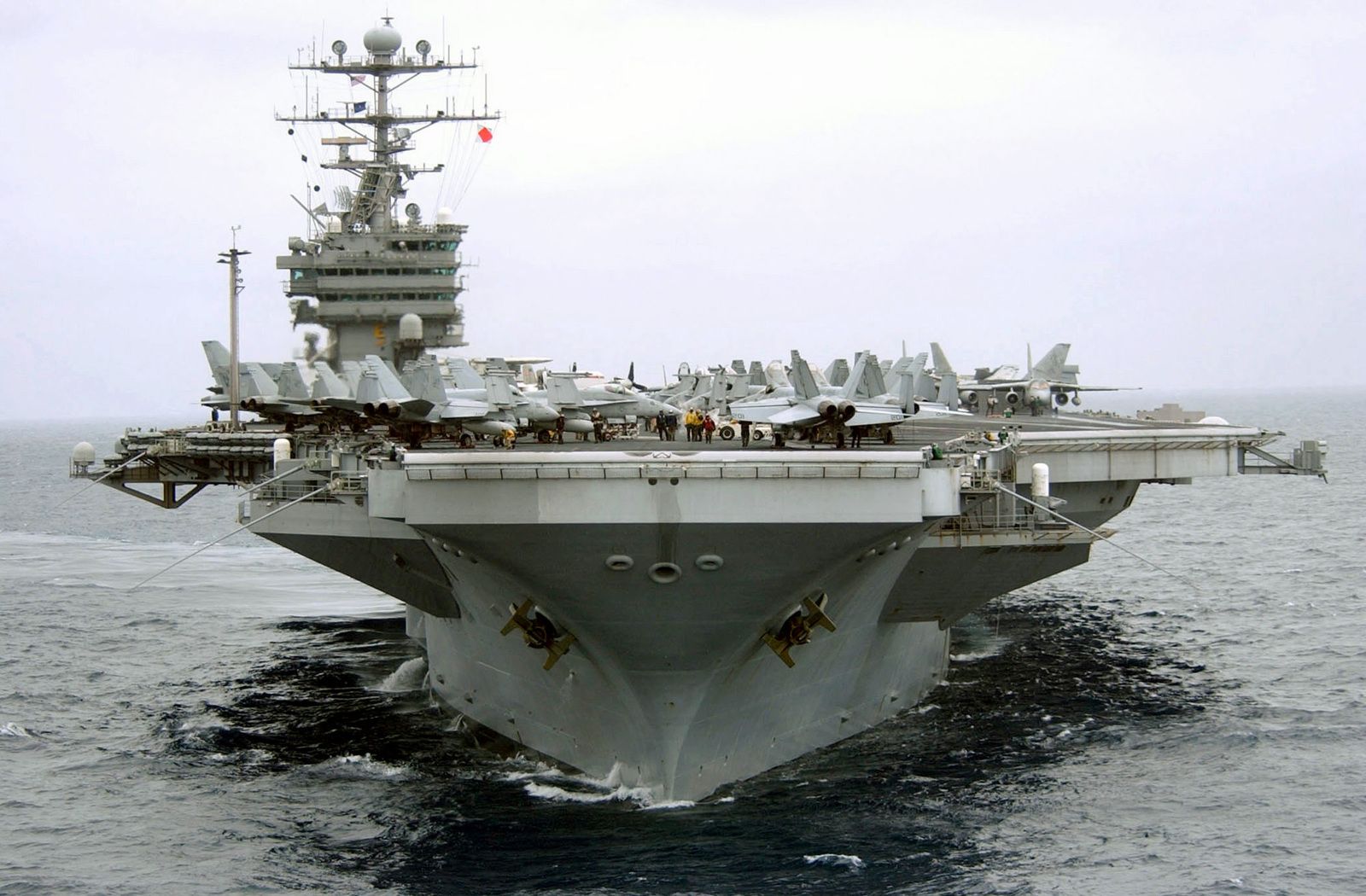
_and_USS_Harry_S_Truman_(CVN-75)_in_the_Atlantic_Ocean_on_4_June_2020_(200604-N-OH637-1453).jpg)
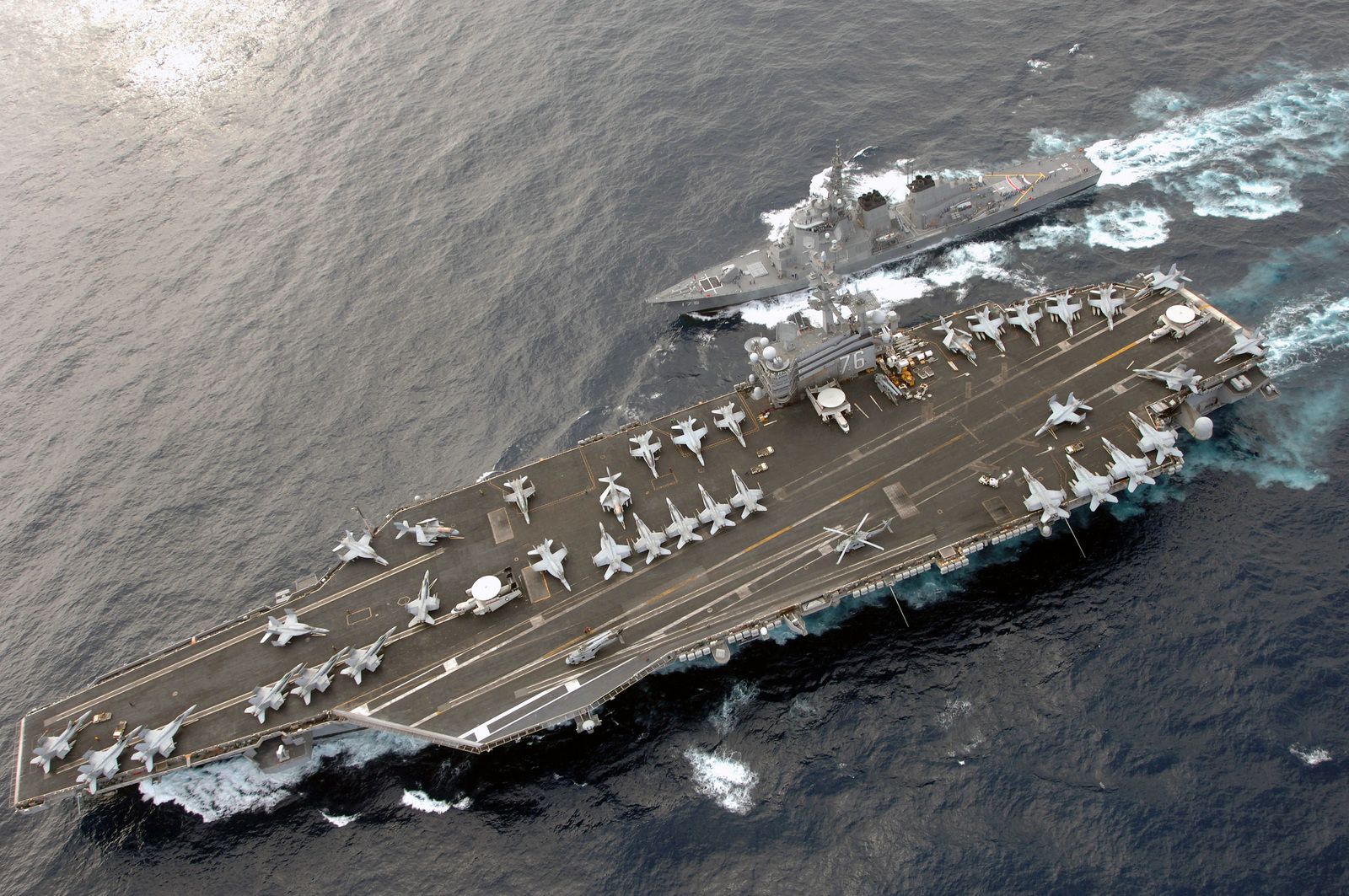
.jpg)
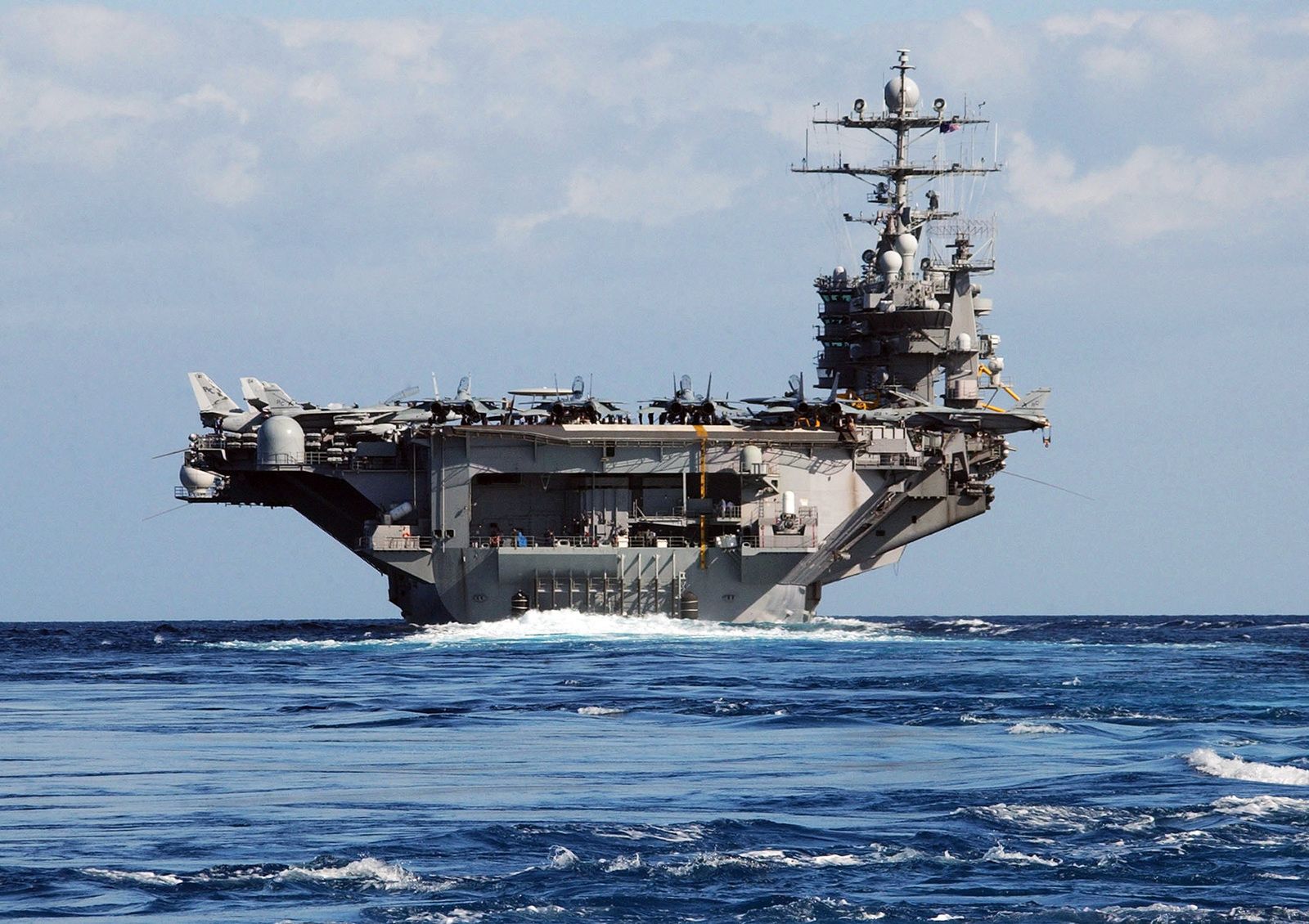
_artist_depiction.jpg)
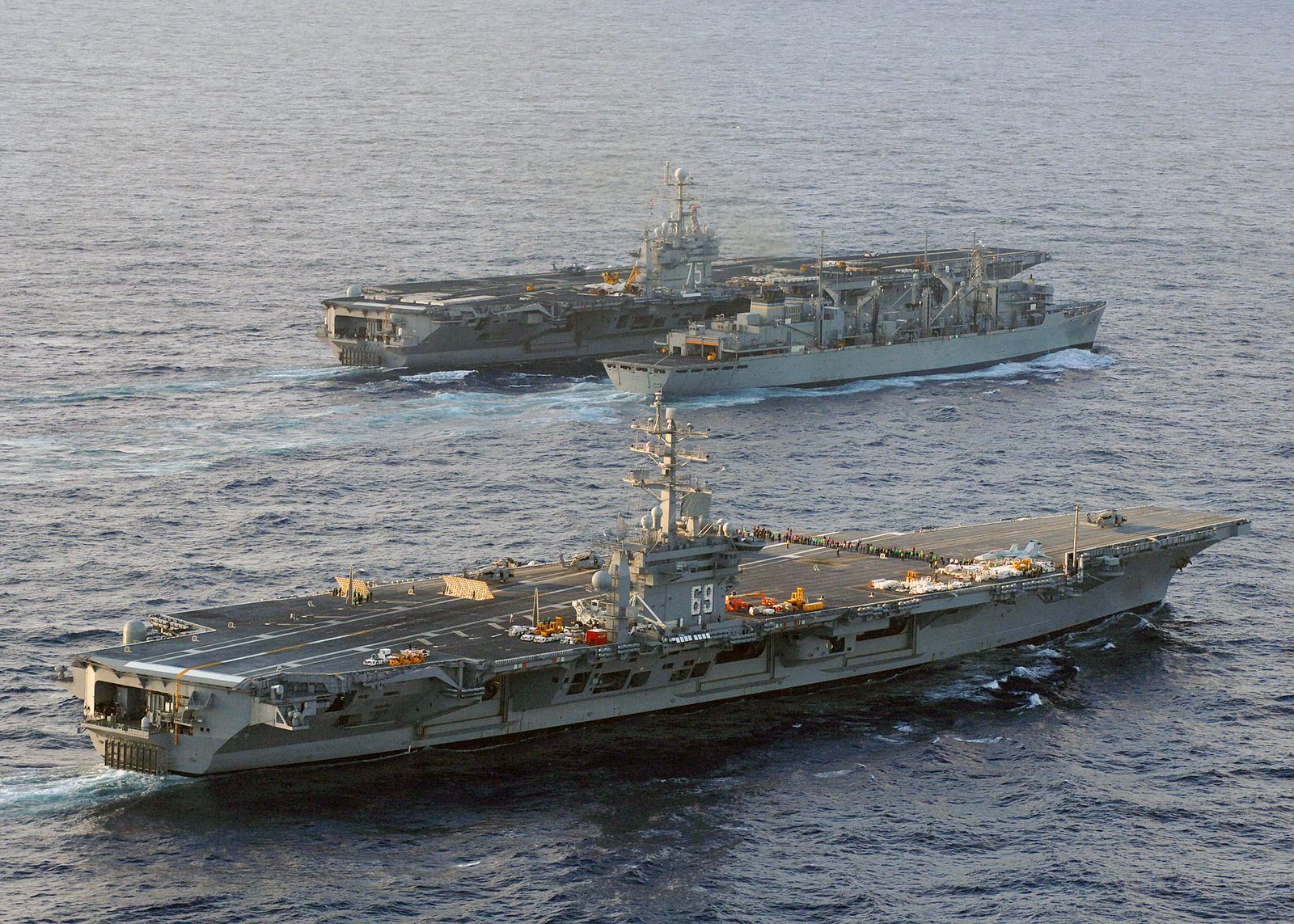
_underway_on_8_April_2017.jpg)
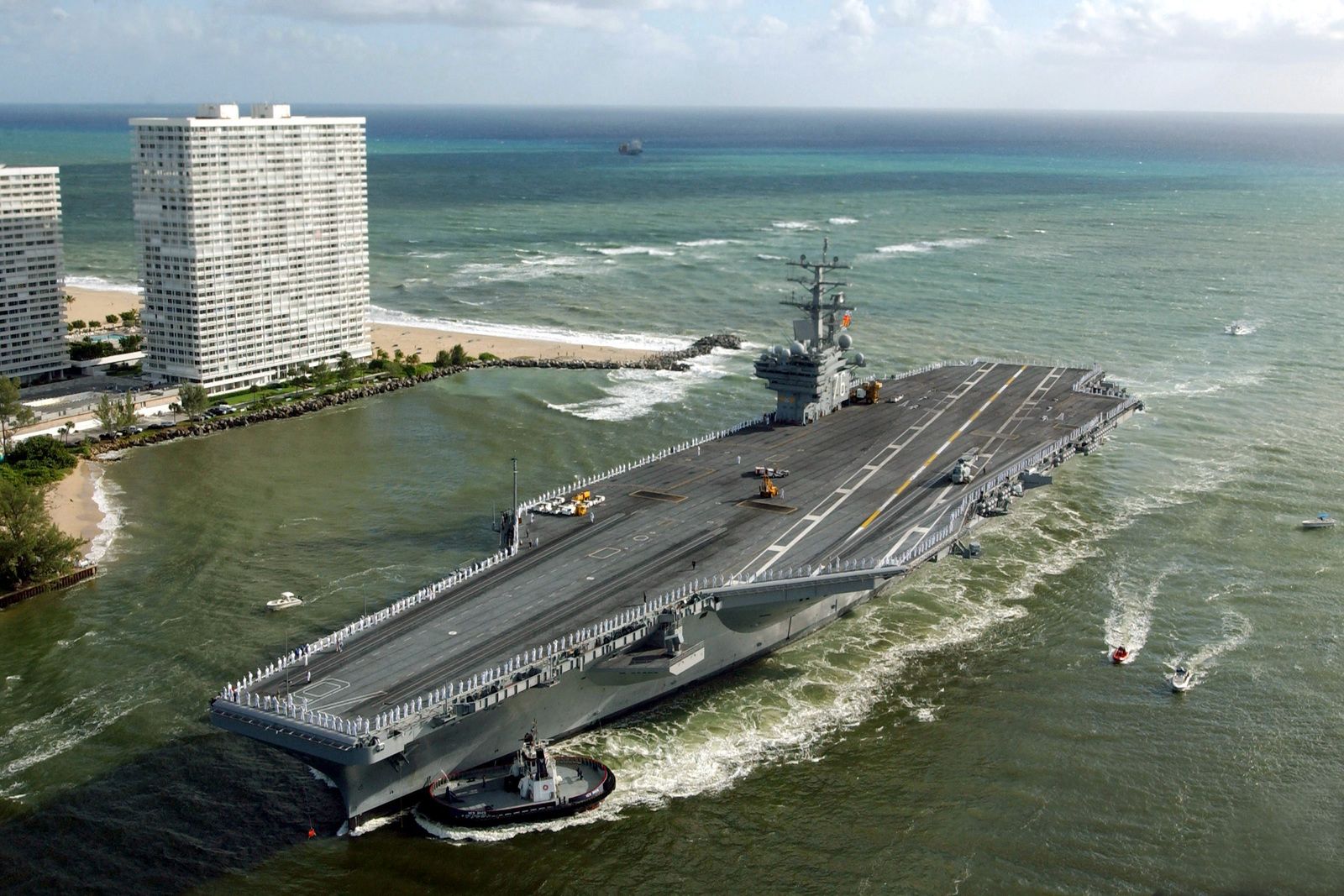
_underway_on_8_April_2017.jpg)
